Once again, you lose Wi-Fi signal and the stream starts cutting out… In a modern multimedia household with video and multiroom streaming, a Wi-Fi network can quickly get overburdened. A common problem is weak signal. The path from router to various rooms is too long. A wireless mesh network is a comparatively new option to boost your signal, but it is not the only one.
What is a Wireless Mesh Network?
You can think about wireless mesh networks like typical at-home Wi-FI with multiple access points, making the network accessible over a larger area. Required hardware is one mesh router and one or more intermediate nodes. Depending upon position, the receiving device, be it a smart phone or speaker, chooses the nearest access point, thus making range problems a thing of the past.
Now, we can practically hear some of you screaming out – Wi-Fi repeaters do the same thing! And that is sort of true, but there are differences.
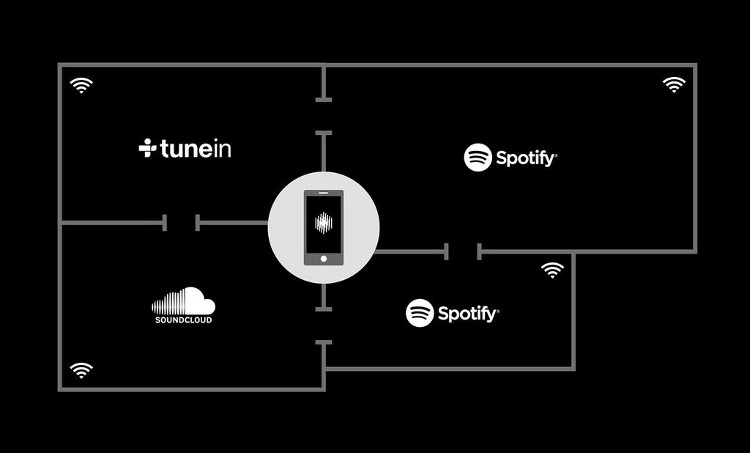
The difference between repeaters and mesh sets is that some repeaters can significantly reduce the bandwidth at the access point. Now, that isn’t true for all repeaters, it depends on the type. We’ll get more into the different types of repeaters later. But wireless mesh networks should maintain a consistent bandwidth regardless of whether the signal is coming from the central router, or one of the expansion routers. The access points are always connected to the overall network, and distribute bandwidth intelligently based on need to the various nodes. How that is accomplished technologically can depend on the particular mesh solution being used. On top of dual-band mesh systems, there are for example also more advanced systems with tri-band mesh. There is no unified mesh standard.
Good mesh systems also make it possible to move around inside the mesh network without the user noticing. Generally, repeaters do not allow for seamless transitions between the sections of the network. It is possible that a smartphone will remain stuck to one of the nodes after you leave the room, for example, despite the signal being better from another access point. Or the transition can cause a break in the connection. For stationary streaming speakers, it is not a big problem, but if you’re video chatting for example, it can get pretty annoying.
Wi-Fi Repeaters: Advantages over Mesh Networks
Mesh still has more potential technologically. But that does not mean it is always the best solution. For one thing, a mesh set typically costs significantly more than a repeater. For another, you often cannot integrate an existing Wi-Fi router into a mesh network very easily because mesh systems have specialized routers. In general, the market here is still somewhat confusing because new companies are still emerging and there is no unified mesh standard. That means the components made by different mesh network companies are not generally cross compatible. These are typically more of walled garden systems.
Teufel Multiroom Speakers
Wi-Fi repeaters meanwhile can connect to all different kinds of routers regardless of manufacturer. They are also significantly cheaper, which is also a significant differentiator between different repeaters. The most important criterion is generally the previously mentioned frequency bands. Simple repeaters only support the 2.4 GHz frequency band. Higher priced repeaters also reach the 5 GHz frequency band.
For the most part, repeaters with dual frequency bands suffer much less from the bandwidth loss, because one band can be used for transmitting to the end device (phone, computer, speakers) and the other is used by the Wi-Fi router. A single-band router has to use one frequency band for both sides of the operation, which of course limits the bandwidth. New repeaters can switch between frequency bands depending on capacity. And at that point, the line between mesh systems and repeaters can get blurry.
So, What is the Best Choice? Mesh or Repeater?
The answer, as is often the case, is that it depends. For one thing, the distance between the signal booster and router and which bandwidth is needed can be decisive. For many usage scenarios, a single repeater is all that is needed. The 2.4 GHz frequency band is transmitted very well through walls, reaching spaces like basements and other enclosed areas very well.
For bandwidth, we recommend broadband internet if you want to stream in CD quality (ca. 1400 KBit/s). Netflix recommends the following speeds for seamless streaming:
- ✔ 5 MBit/s for HD resolution
- ✔ 25 MBit/s for Ultra-HD resolution
HIFI + WIFI = Teufel Streaming
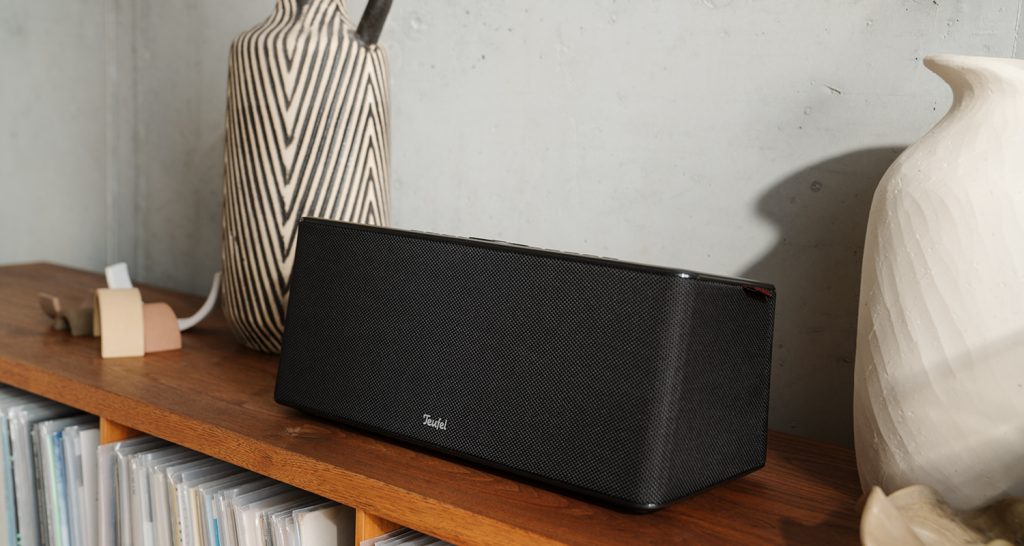
- Teufel Stereo MOpens in new tab 2: bookshelf speakers with high-end sound and multiroom capabilities – the STEREO M 2 deliver all that in a single package. The integrated 3-way drivers sound incredible, and they are multiroom capable with Apple Airplay 2 and Chromecast. The STEREO M 2 also come equipped with an array of functions including Bluetooth, Internet radio, Spotify Support and USB/NAS compatibility.
- MOTIV® HOMEOpens in new tab: a battery powered streaming speaker that also has multiroom capabilities? Where do I sign up? Well, you can start right here with Teufels’ all-around home music and audio solution, the MOTIV® HOME. It puts out incredible audio from its premium sound system, and is compatible with Apple Airplay 2, Chromecast, Spotify, and TIDAL.

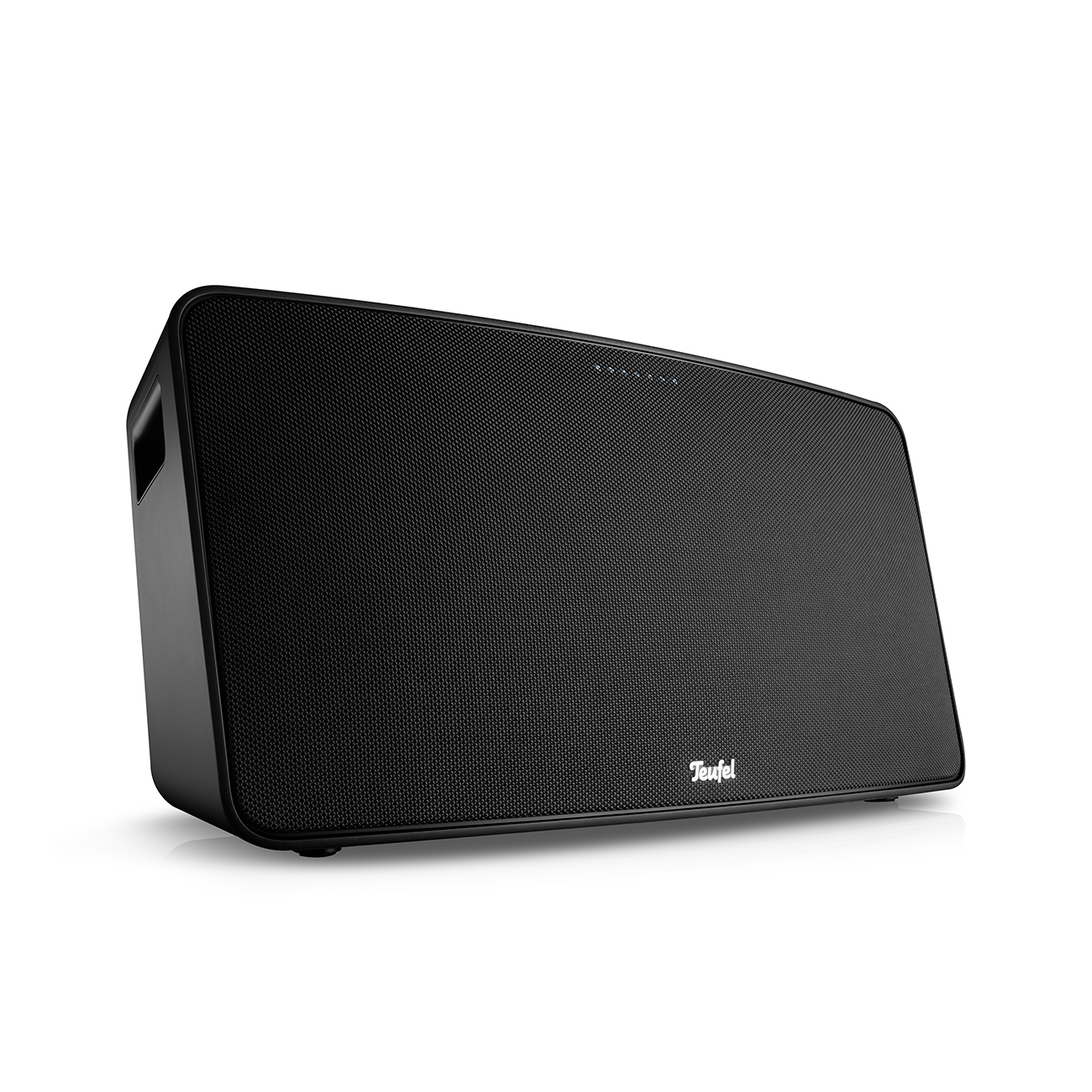

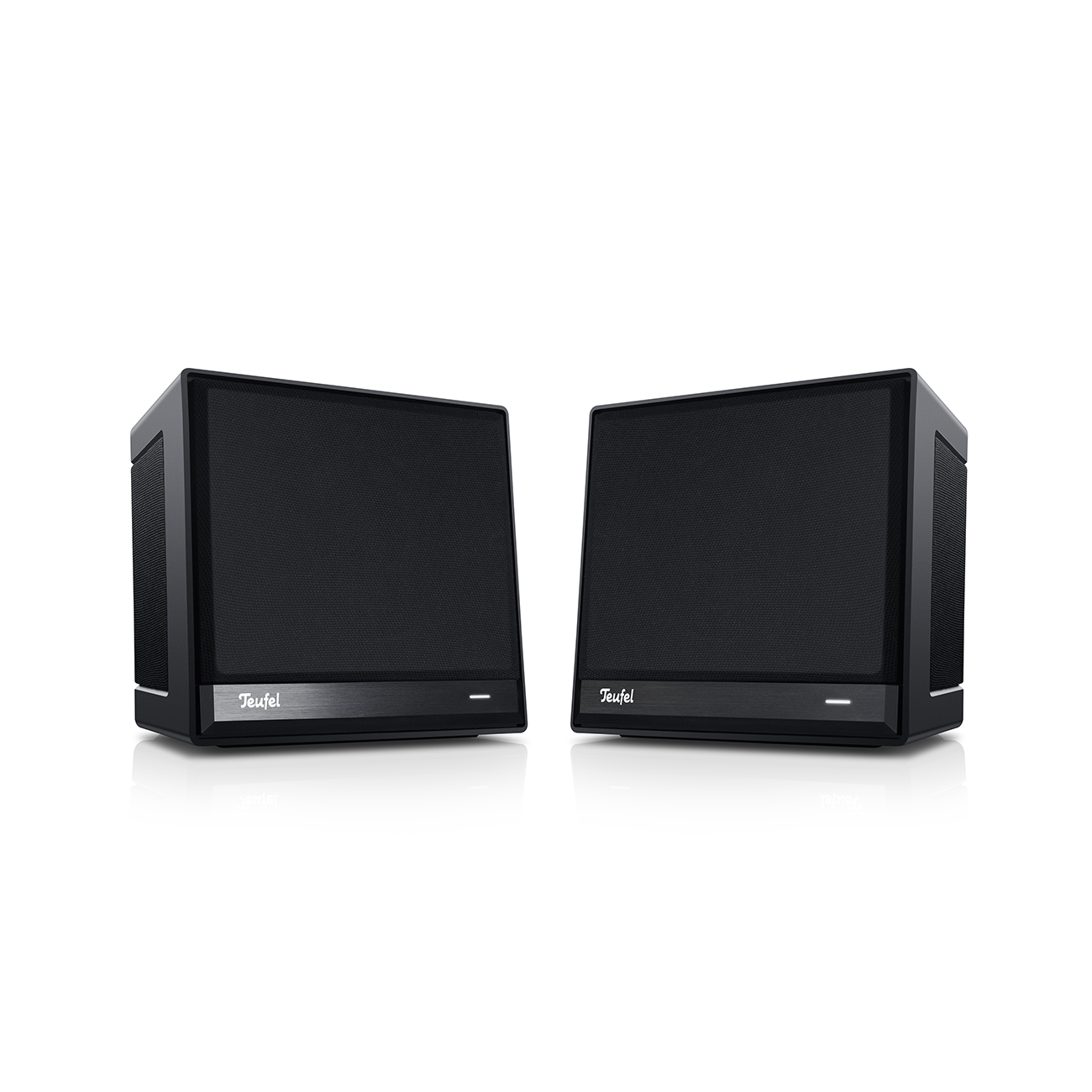


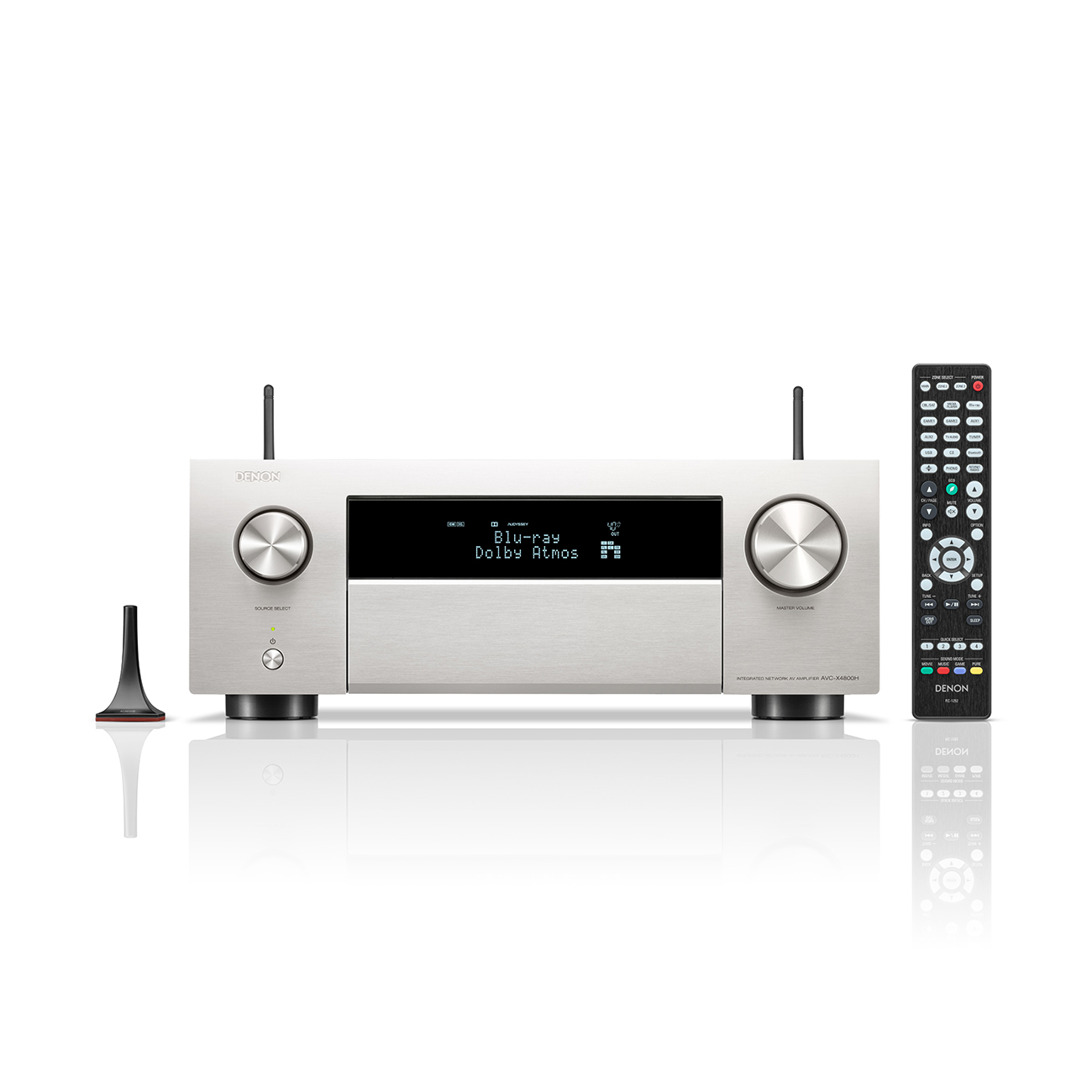



Leave a Reply